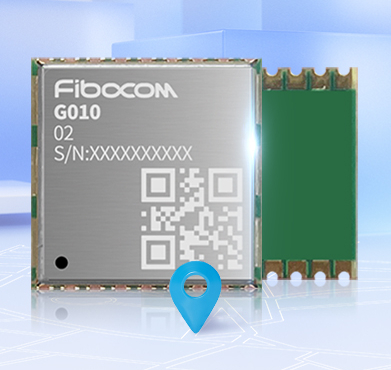Fibocom 5G Sub-6GHz and mmWave Module
- October 5, 2022
- William Payne

Fibocom has launched a 5G Sub-6GHz and mmWave module FX170(W) series. Powered by Snapdragon X65 5G Modem-RF System, the Fibocom FX170(W) series is designed to offer a fibre-like wireless connectivity experience with extended network coverage, boosted throughput, and increased capability. The new series is designed to enhance 5G performance in FWA, Industrial IoT, C-V2X, private network, and other mass data scenarios.
Compliant with 3GPP R16 standard, Fibocom FX170(W) modules have four variants that adopt LGA and M.2 form factors separately, bringing larger bandwidth by combining NR CA (Carrier Aggregation) into module design. FG170W and FM170W support 5G Sub-6GHz and mmWave dual connectivity as well as 8CC CA, delivering multi-gigabit speeds as the result of the capability to reach 800 MHz of mmWave spectrum. FG170 and FM170 support 5G Sub-6GHz connectivity as well as 4CC CA and up to 300MHz of spectrum, to improve the utilisation of spectrum resource and ensure an extended 5G coverage.
The FX170(W) module series supports 4×4 MIMO (multiple input, multiple output) in the low-frequency band, enhancing spectral efficiency and coverage quality in locations which have poorer connection. The 5G modules support Power Class 1.5 (PC1.5) HPUE, which increases uplink speed and extends uplink coverage, improving cell edge performance.
The FX170(W) module series supports multi-constellation GNSS, providing high-performance positioning and navigation. They integrate multiple operating systems (Linux/ Android/ Windows OS), various Internet protocols and industry-standard interfaces.
Dan Schieler, SVP of IoT Overseas Sales Dept., Fibocom, commented: “We are proud to announce the launch of our innovative 5G Sub-6 and mmWave module series at MWC Las Vegas 2022. Fibocom has been devoted to boosting 5G commercialisation worldwide. Based on the Snapdragon X65 5G Modem-RF System, the new generation of 5G modules are to provide verticals with superior connectivity performance.”




